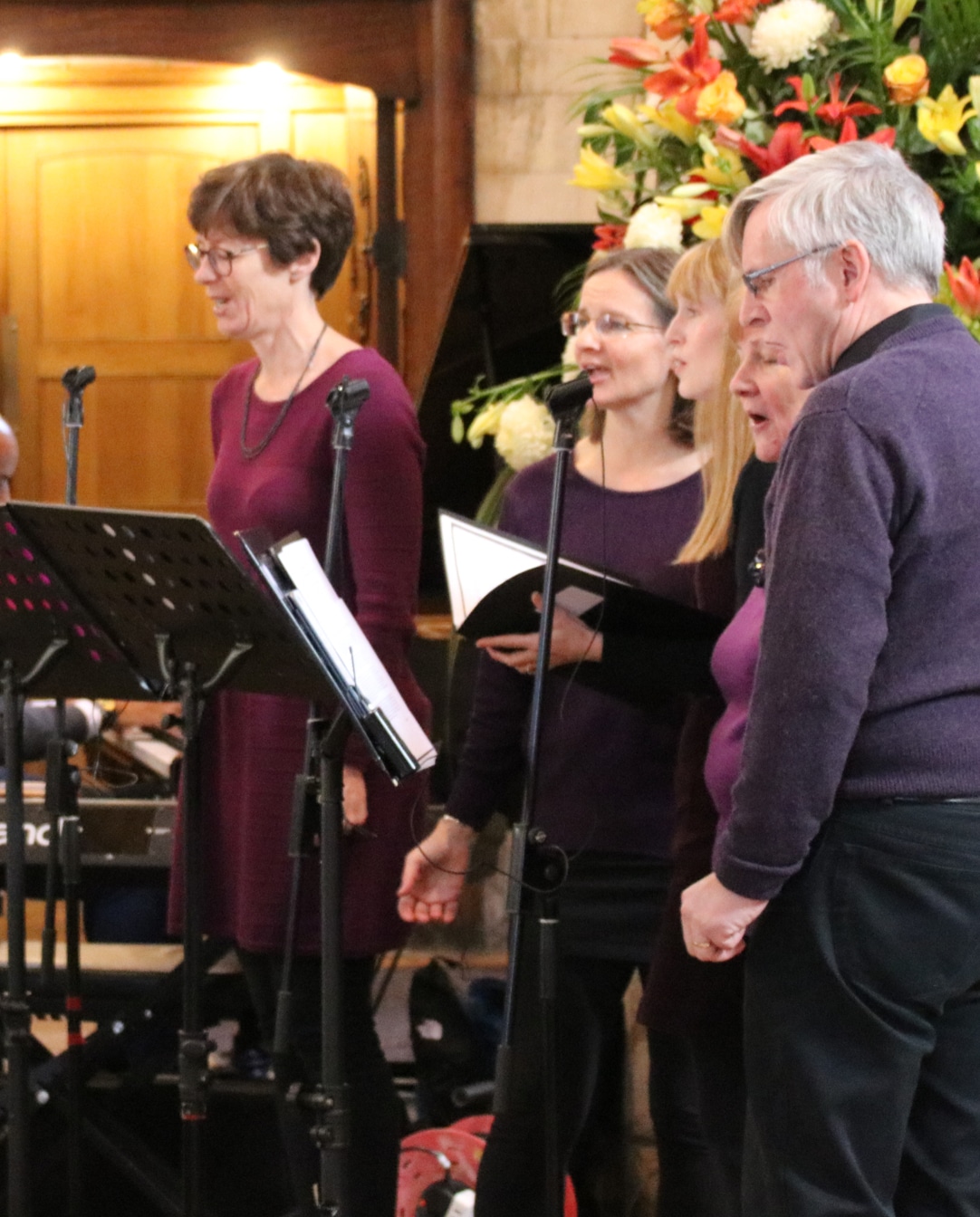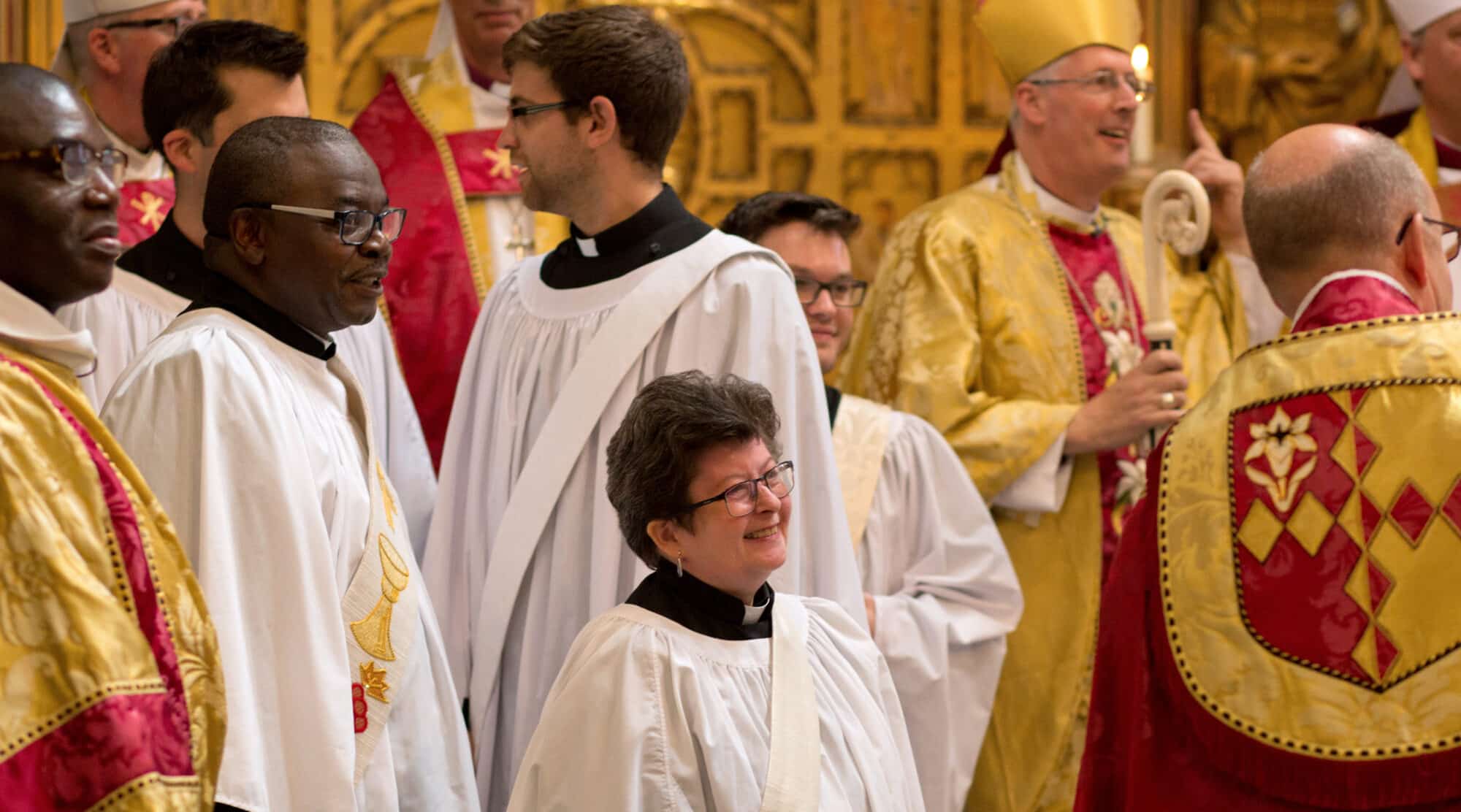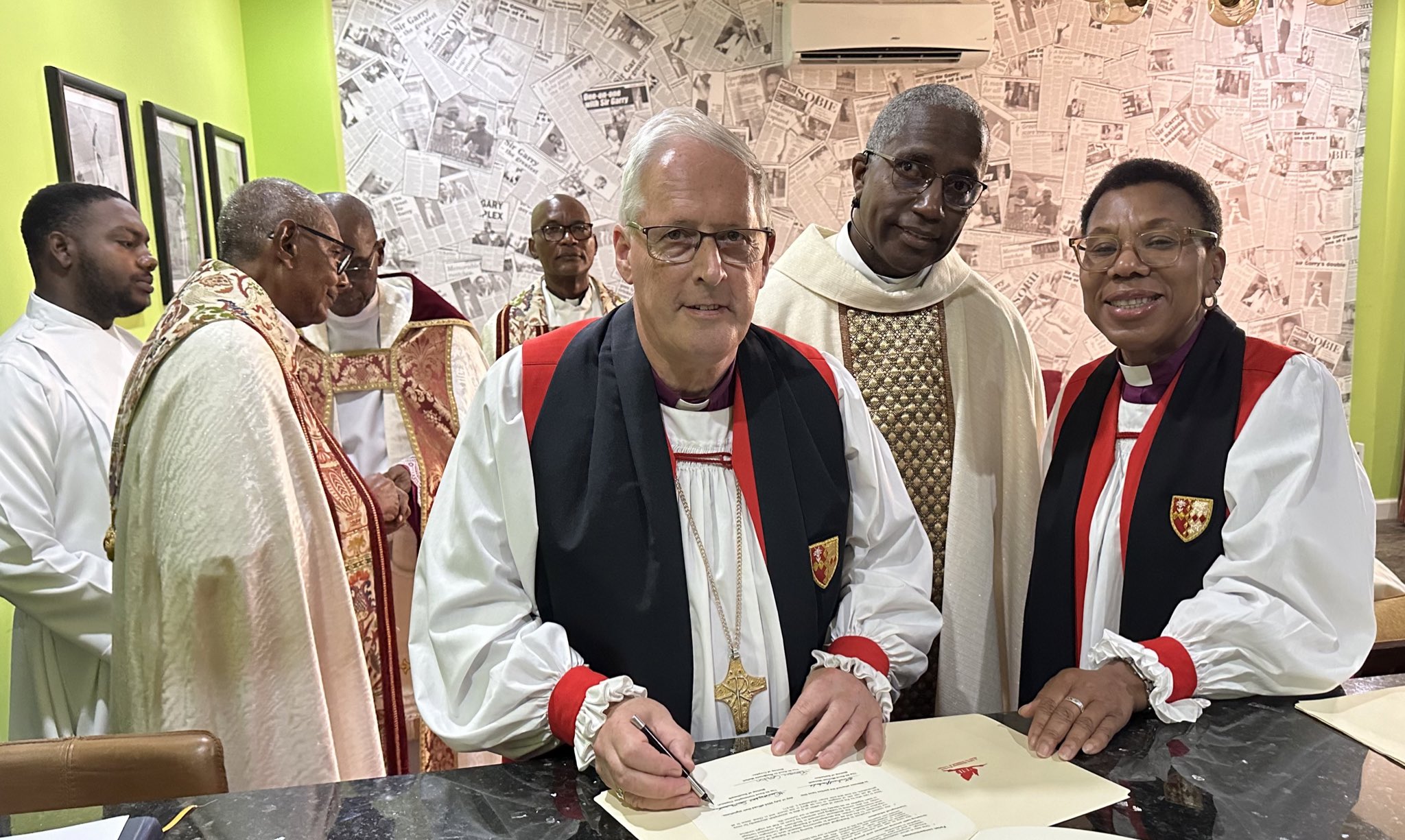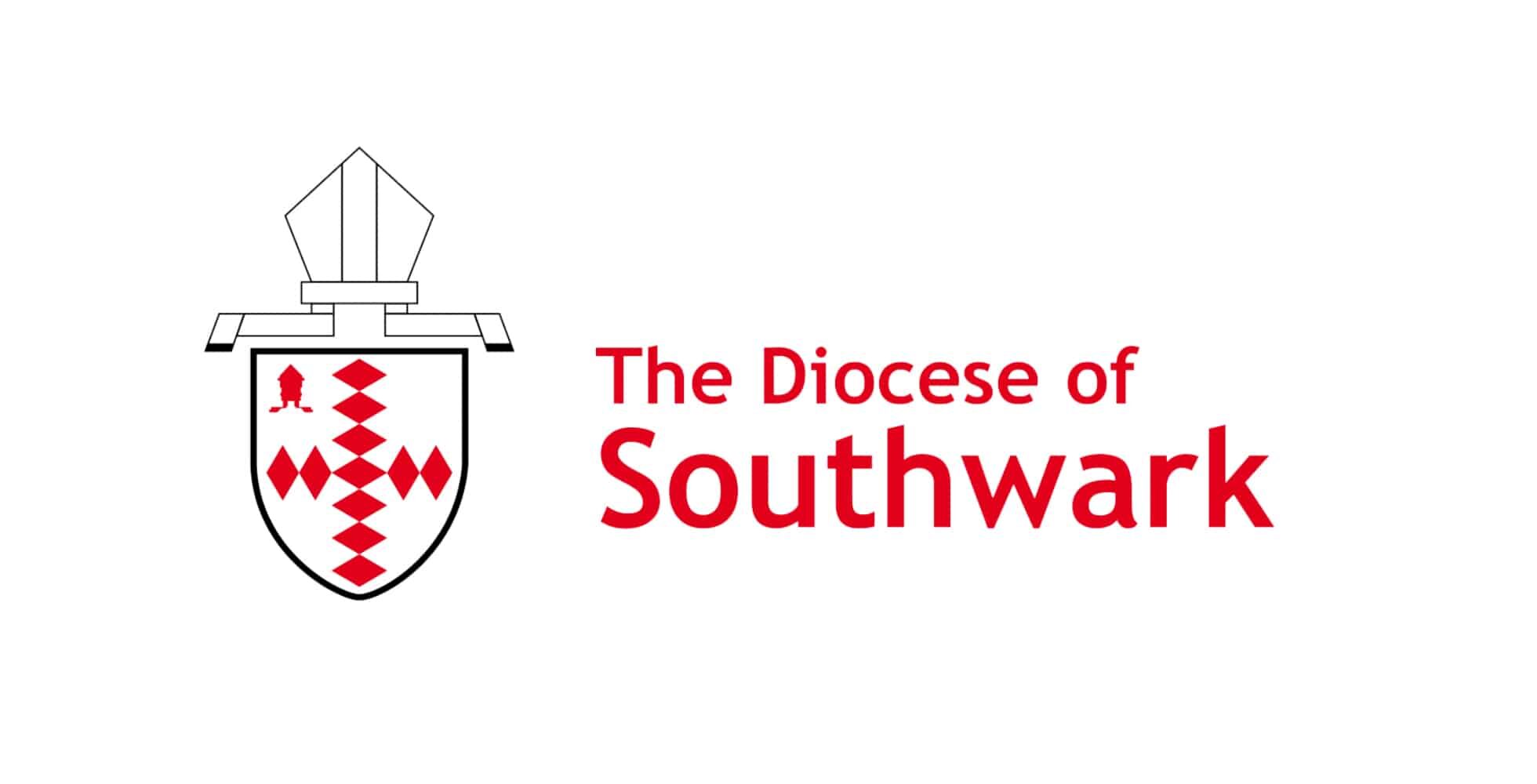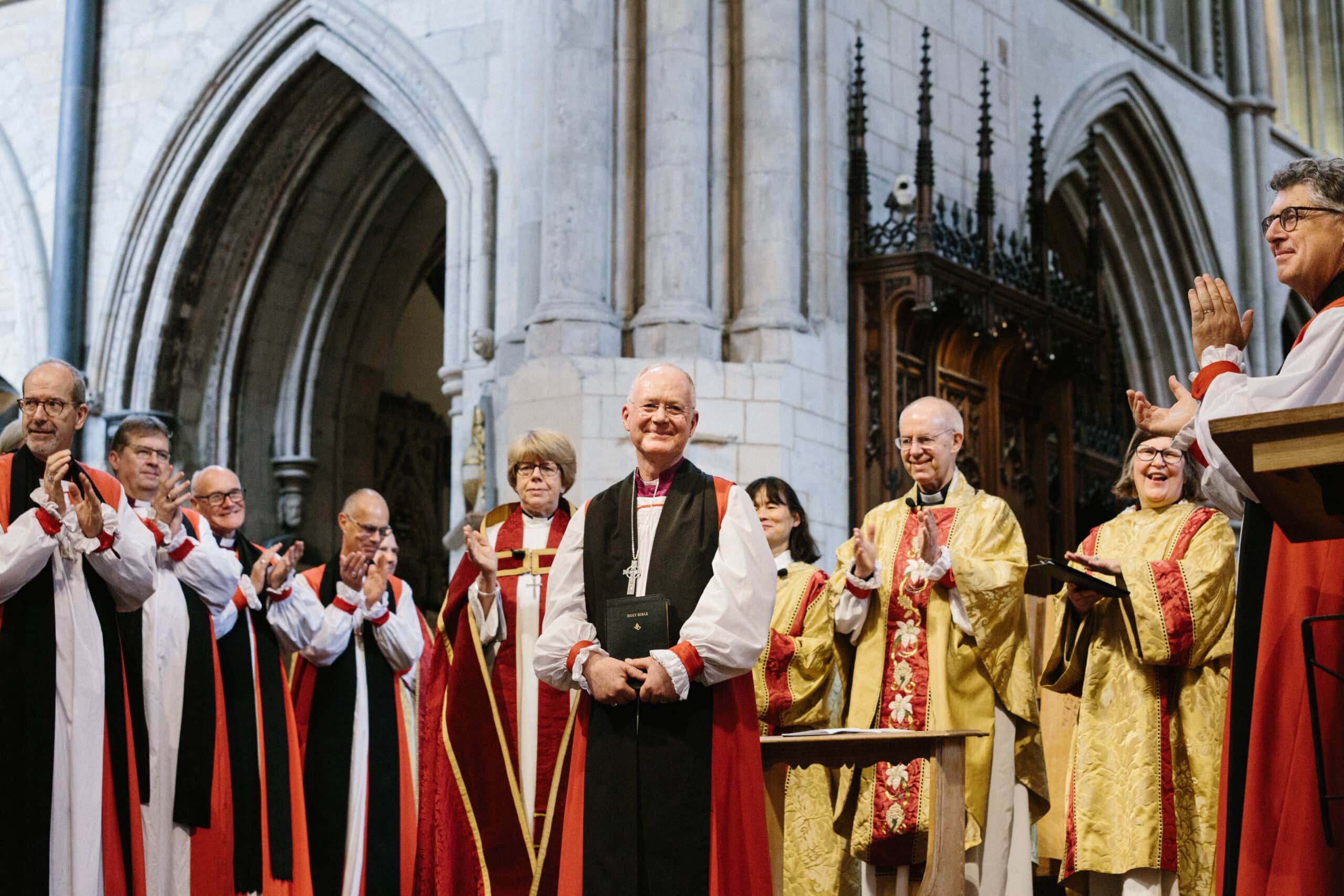Sunday 2nd October was a big day for St John’s, Waterloo. The Archbishop of Canterbury presided at our service of rededication, after we’d been closed for 14 months for building works. The church was packed. The Bishop of Kingston led the Act of Commitment, and when the doors were reopened a newly commissioned fanfare rang out across the church.
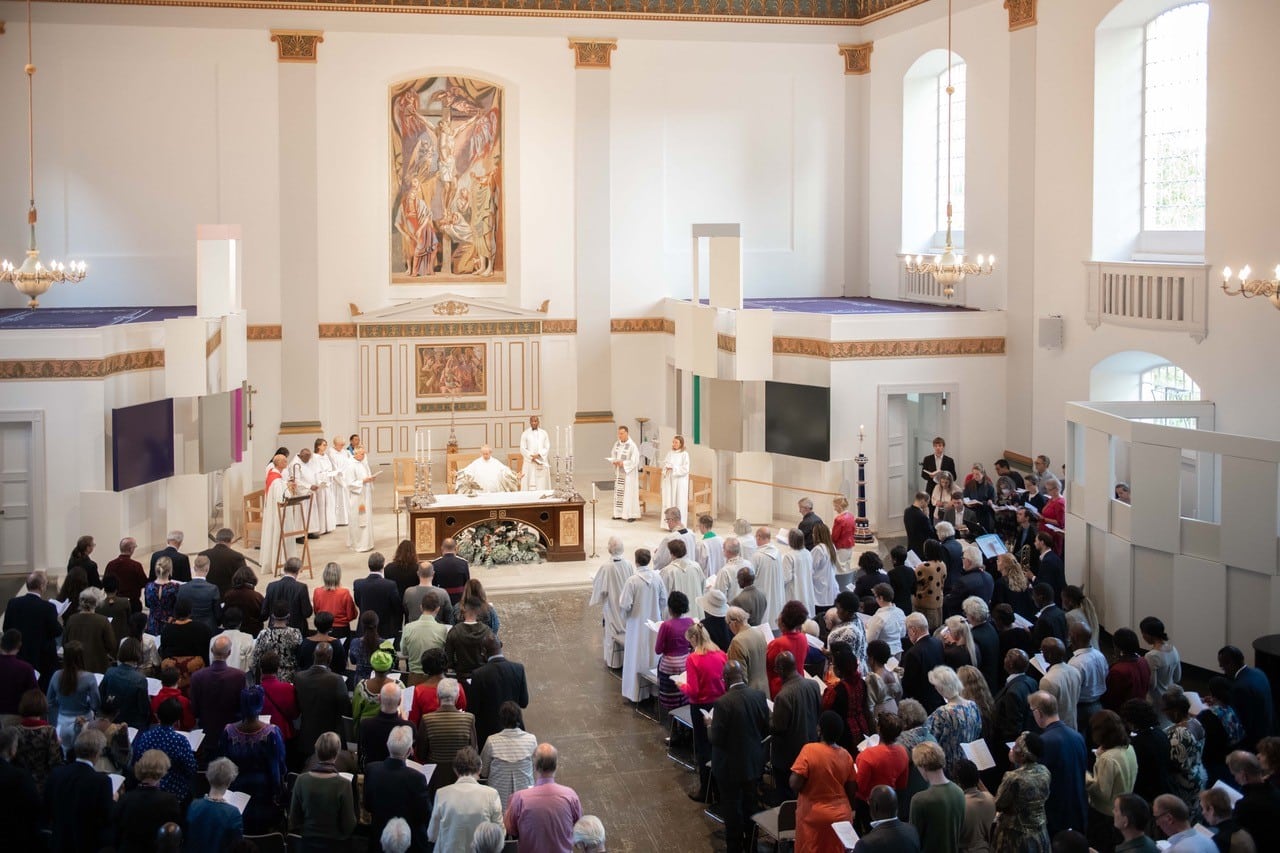
When I became vicar of St John’s, on Sept 1st 2009 (St Giles’ Day), I had no idea that I was to embark on a 13 year building project. I knew that the crypt at St John’s was not accessible, and I knew that the space felt very barn like and was generally in need of a bit of love and care. The crypt, which had been converted into a homeless day centre in the 1980’s, was run down, and there were parts of the church which were semi-derelict. But I didn’t know how challenging the project to improve the space would be.
St John’s has always been a centre for community as well as worship. It’s well known as a place which supports homeless people. We’ve also had a busy arts centre in the crypt, and been home to the Southbank Sinfonia, one of the UK’s best academy orchestras. We’ve also tried to take the lead as an inclusive church, and I was very conscious that our amazing location, right at the heart of London, is a real opportunity which we should really celebrate.
It felt as if the building wasn’t helping us in our mission, and, after much thought and prayer, we decided to try to improve it. I had recently completed the renovation of the John Soane church, St Peter’s, Walworth, so I had an inkling of how complicated that might be… but in reality it turned out to be much more challenging than I had imagined.
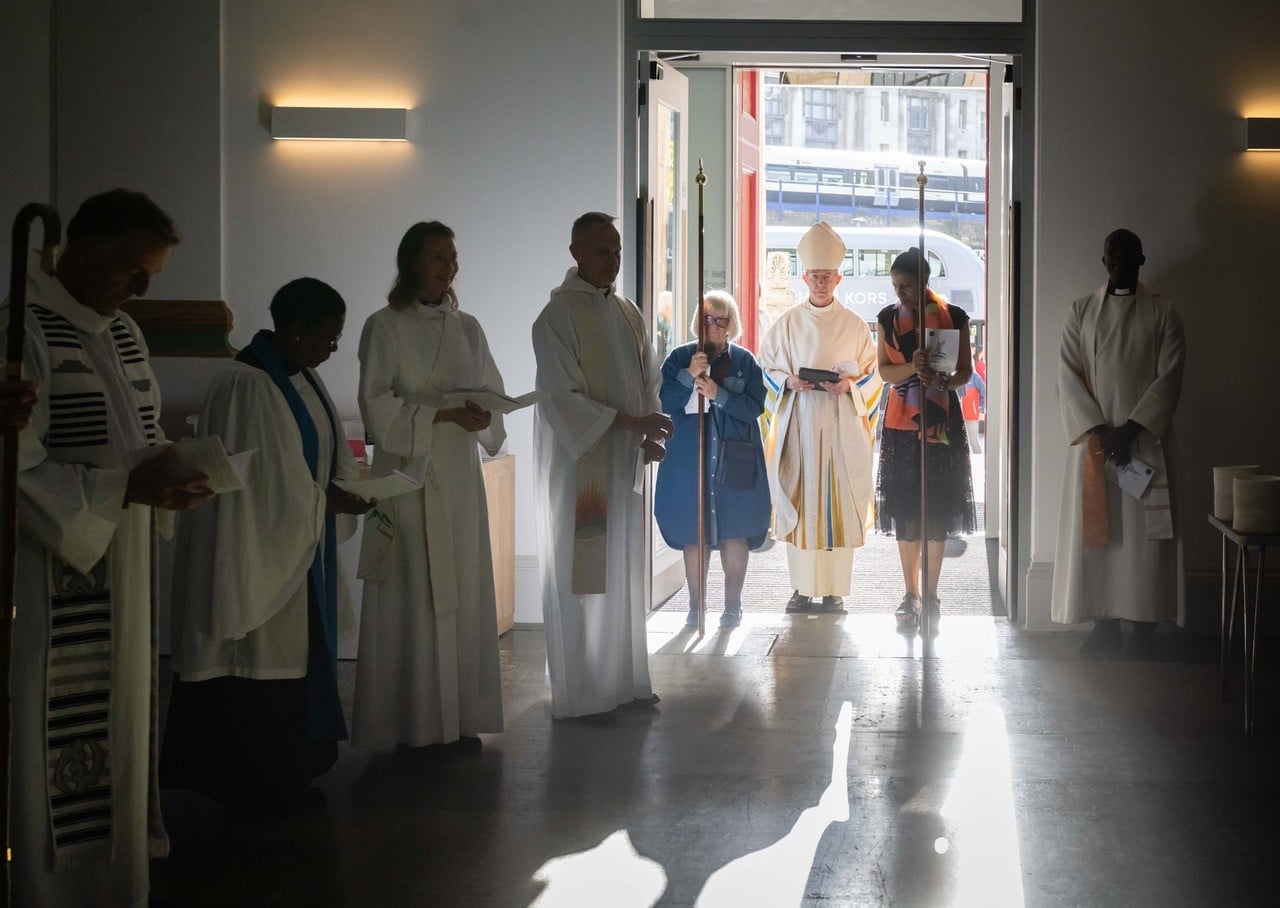
We began by drawing up a brief and appointing architects. After a competitive process, we selected Eric Parry, who had recently completed the award winning renovation of St Martin in the Fields. Eric began, with his colleagues, to look at what was possible, and he produced a feasibility study which looked very exciting.
Part of the problem was that when the church was refurbished in 1951, for the Festival of Britain, the galleries which had run down both sides of the building were not replaced, so the place had the dimensions and feel of a sports hall. The 1951 renovation attempted to counteract that by installing a big pulpit and lectern, but these were no longer in use and blocked the space. A very significant mural was created by Hans Feibusch, but that was flaking badly and was in great need of renovation.
Eric proposed transforming the nave by creating new sculptural forms which would focus the eye on the mural at the east end. He also suggested putting a new screen between the balcony and the nave, and opening up the entrance by removing the lobby which blocked the view in from outside, and vice versa. Initially we suggested re-creating the galleries, but we had to go to Consistory Court as the 20th Century Society objected to our plans. We lost, so we had to revise our plans. The process of getting approval took, start to finish, about eight years, and the Diocesan Advisory Committee got to know St John’s very well during that time.
St John’s has been a strong voice on climate change – we host the interfaith climate charity, Faith for the Climate, and I served on the C of E’s Environment Working Group for 8 years. So sustainability was also at the heart of our brief – how could we make the building carbon-neutral? We proposed installing 120m2 of solar panels, and taking lots of other measures to reduce the carbon intensity – and all that we did was aimed at cutting our contribution to global heating. The building is now carbon neutral.
At the same time, we set to with the fundraising. We had no funds at the start, and we thought, initially, that the project might cost as much as ….. £1m. We needed to get some feasibility funding, and then, gradually, as the costs became more apparent, we needed to build up the funding for the whole project. In the end, the total cost was £5.5m – a lot more than the original estimate – and we are really grateful to everyone who has supported us.
Pulling together a funding package for this kind of project is complex, and needs lots of different strands. The congregation has been very supportive – in total the congregation has given or lent well over £1m. We also received nearly £1m in planning gain funds from the Borough of Lambeth, nearly £1m from the Mayor of London, and £800k from the Big Lottery. The rest has been raised through other grants and donations, and we have taken out loans of about £1m – which have to be repaid from our commercial and charitable lettings.
The actual building work hasn’t been easy, despite the hard work of all our consultants and the contractor, Buxtons. COVID was an additional challenge – and, despite all our surveys, once work had begun we found additional asbestos, which cost £170k to remove. We had allowed a contingency but needed more. Luckily the congregation came to the rescue, not least with some Bitcoin, which we sold quickly!
The feeling when the Archbishop of Canterbury opened the doors for us, and light flooded in, made the whole 13 years worth it. We have had amazing feedback from everyone who has come into the transformed church, and it is very exciting seeing people making the most of the spaces.
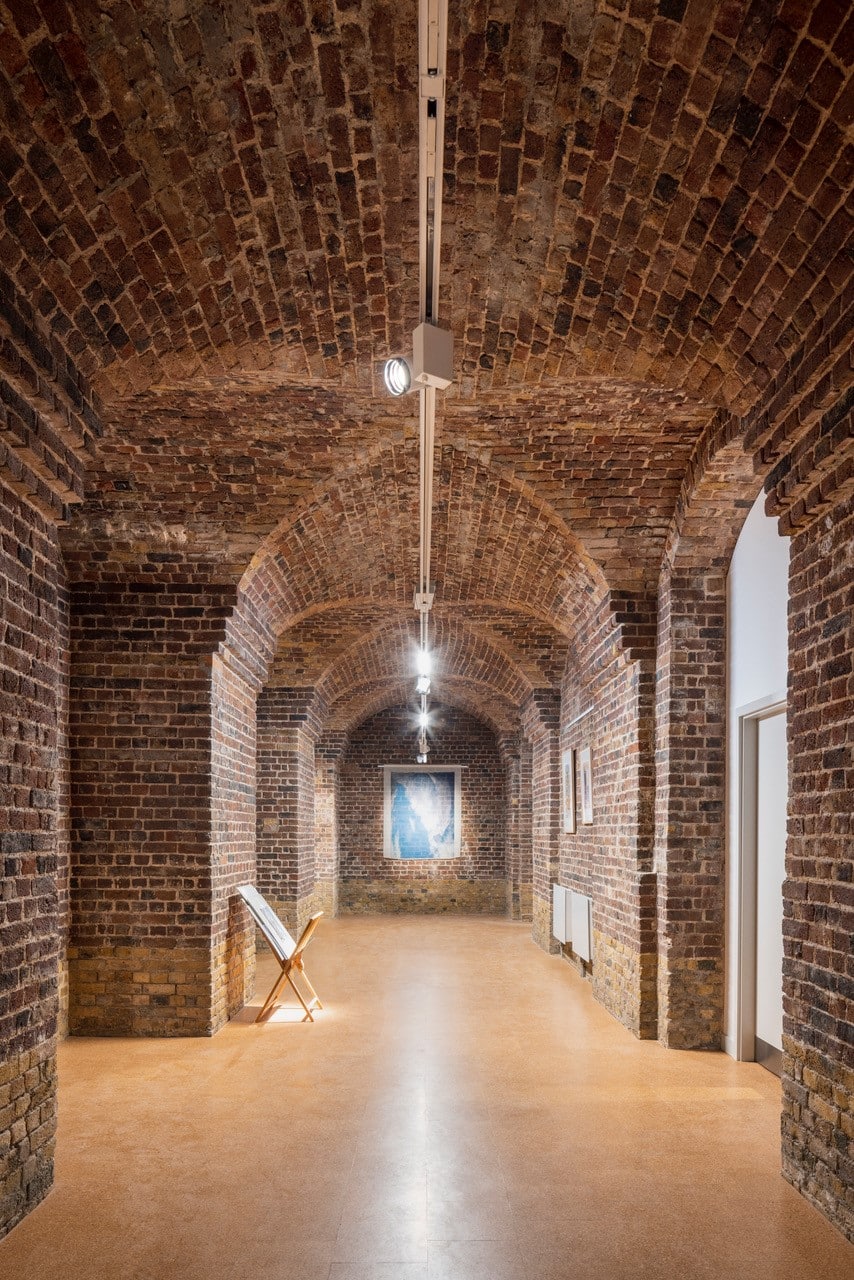
We have improved the acoustics, and replaced the glass, so the nave is now flooded with light and much more worship-friendly. Projects to support homeless people – including smart new showers for the Robes Project – and to support vulnerable and unemployed people, and people with mental health challenges, have already begun. We are getting bookings for corporate events which will help repay the loans.
The really good news is that our congregation is increasing as people come back to church after COVID and the closure. The place feels now like a helpful space, full of Spirit and light… and I am deeply grateful for that, and for all the help and support which we have had over so many years.
The church is open every day, and we also have a great food court Monday to Friday. Do come and see us, if you’re coming through Waterloo.
Find out more at stjohnswaterloo.org.
